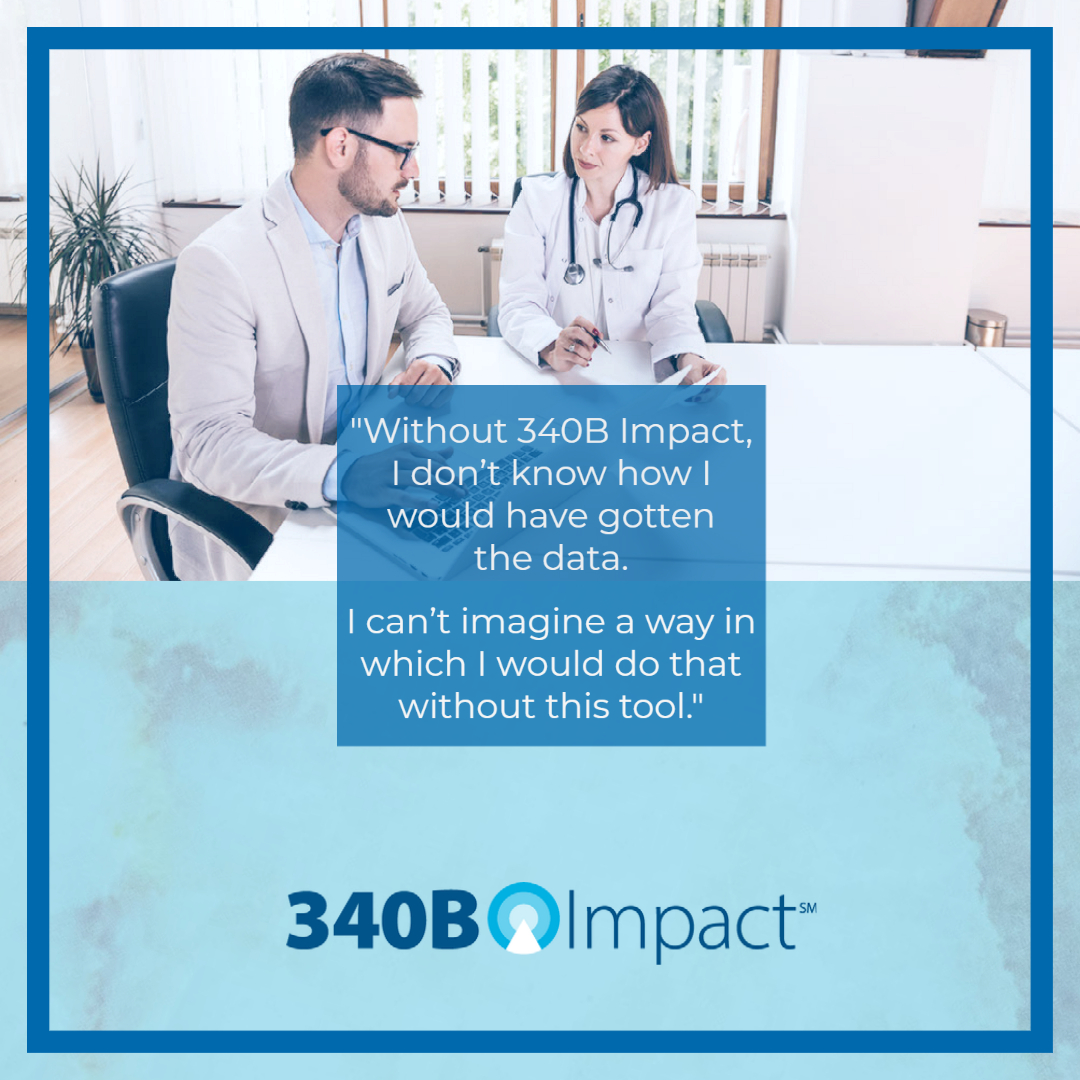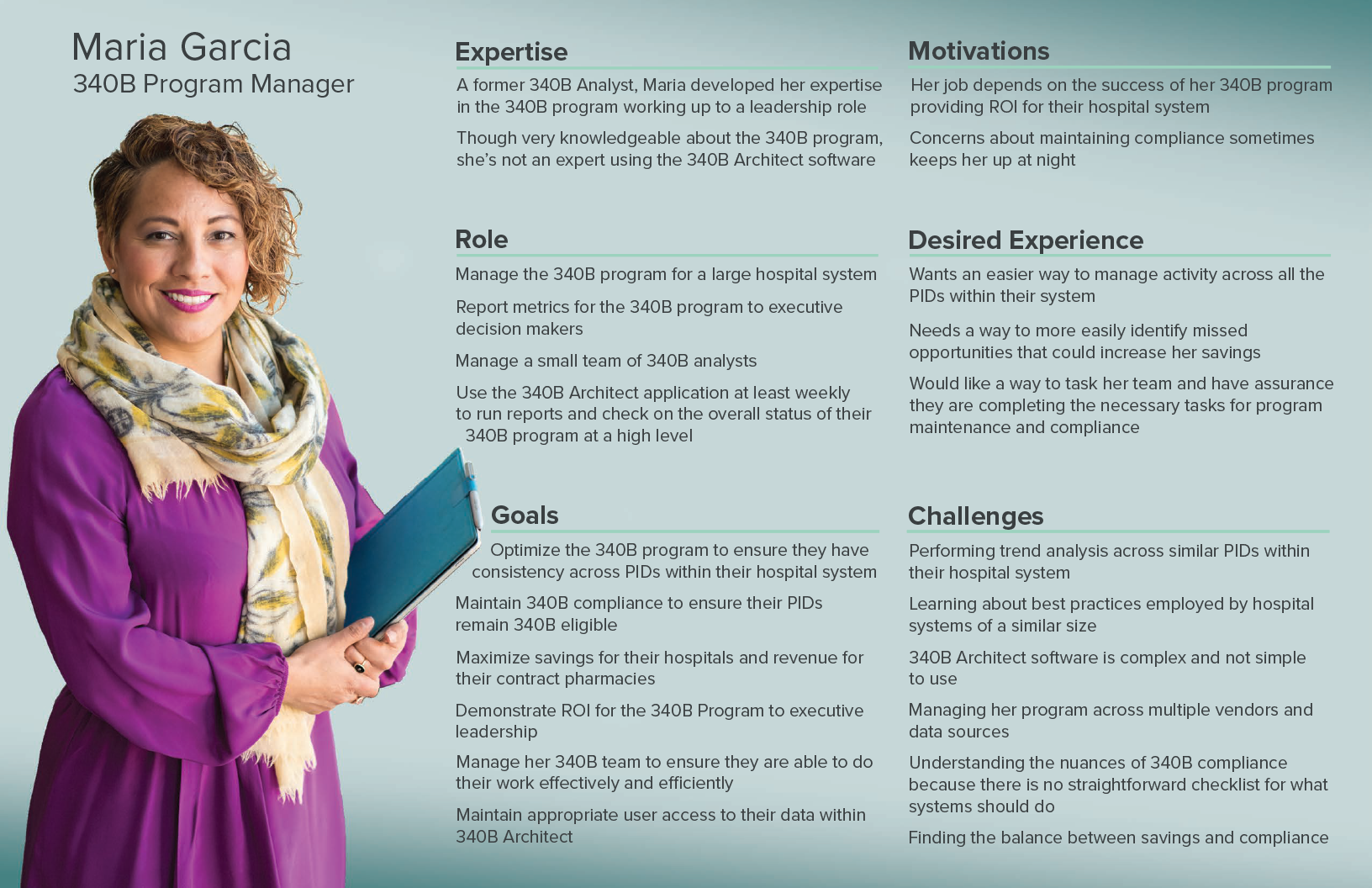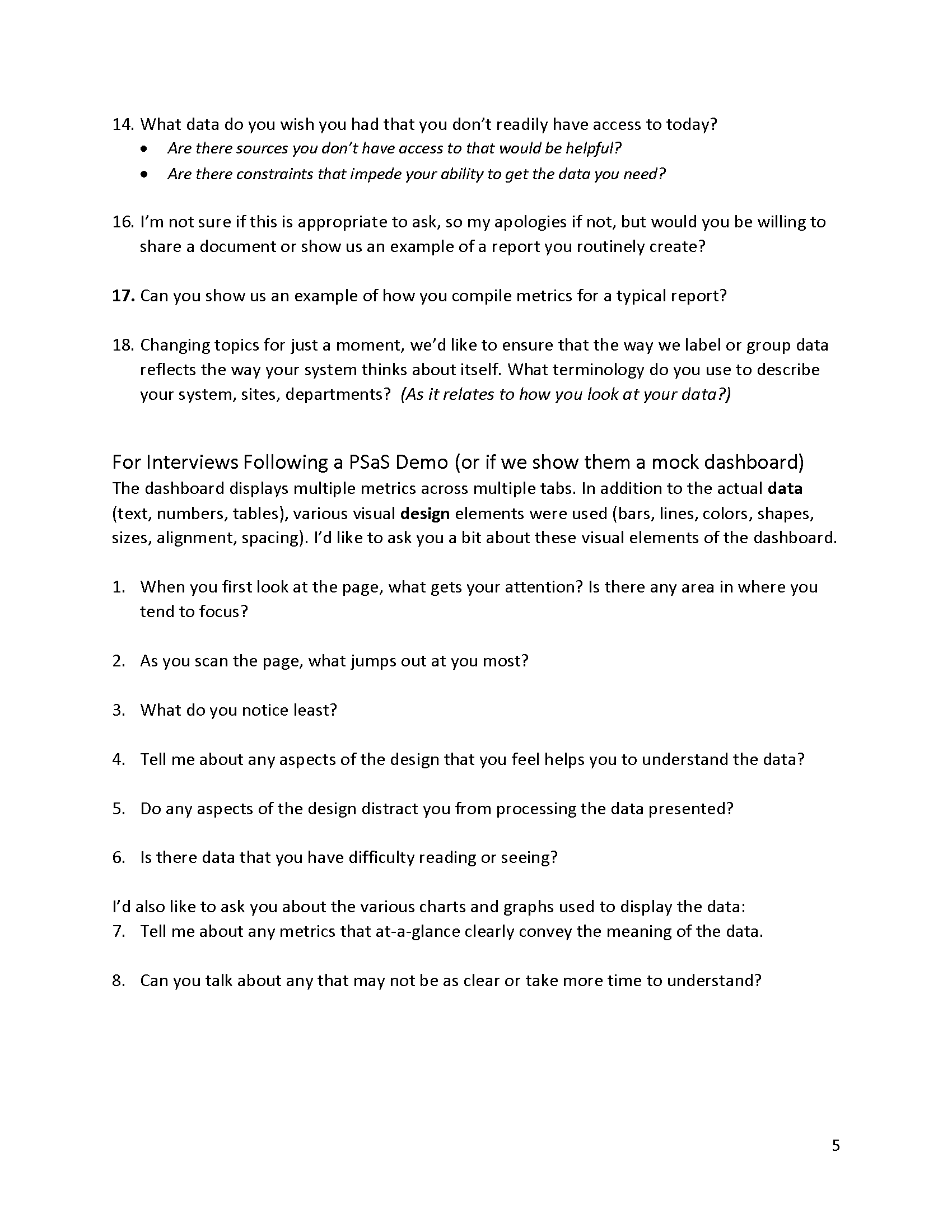William Key
Case Studies

Macro Helix 340B Impact: Saved 85 Customers $97M
The Outcome
In the first year, initial customers have reported significant efficiencies in the time and effort spent on reporting, increased speed and effectiveness at identifying issues with ordering and accumulations, and increased ability in identifying purchasing opportunities that cumulatively have resulted in $97M additional savings from using 340B Impact. These benefits also contributed to their ability to remain in compliance with strict government regulations and ensure the integrity of their 340B program.


The Clients
For non-profit healthcare systems, discounted 340B drug pricing provides average savings of 25% to 50% on drug purchases. These savings help them cover drug costs for uninsured patients, fund clinics and services, and can make the difference for some smaller rural providers that allows them to remain open to serve their communities.
With the expansion of the program over the past decade to include contract pharmacies, 340B has become increasingly more complex as the amount of data to manage and monitor has grown rapidly. Nearly all participating health systems contract with Third-Party Administrators (TPAs) for software that allows them to manage their programs more effectively.
Macro Helix provides a web-based SaaS to test all prescriptions filled within a health system’s pharmacy network for 340B drug pricing eligibility and qualification. The McKesson PHS team sells discounted 340B drugs to health systems.

Project Overview
In early 2020, McKesson funded an innovation project to combine PHS sales invoice data with Macro Helix switch (prescriptions) data to provide health systems a holistic view of their 340B program for monitoring, management, and reporting while also analyzing the aggregated data to identify purchase optimization opportunities to increase customer savings and McKesson sales.
For years, the PHS team had manually created quarterly reports for their largest customers. These dashboard reports were complex, dense, and poorly visualized, but the PHS team was there to to present and walk customers through the information to highlight what they thought was important for customers to know.
The PHS team reports were the seed of the innovation project and shaped our understanding of the metrics customers valued. However, customers were demanding more timely information. We were tasked with creating a scalable solution to provide the metrics on-demand to further increase the value of the data and the impact it could have for both customers and McKesson (as savings translated into increased purchasing power).
Our Approach
I worked as the UX lead for the product and partnered with a Six Sigma colleague who assisted with user research.
During initial project kick-off, stakeholders identified 5-6 target users for the product. In conducting interviews with 340B program teams for differing sized health systems, we were able to narrow our focus down to just two primary users, specifically the Administrators and Analysts that manage the 340B program for health systems. We learned that all other user groups would receive reports or tasks from these primary users rather than access the product directly.


Initially, the PHS team resisted conducting user research believing their experience with the quarterly reports was sufficient to inform product design. I made the case that this product would expand beyond the PHS quarterly reports, and that my previous discussions with customers indicated that they were not uniform in their needs, making research necessary, if only to validate PHS assumptions. Fortunately, the leadership team agreed and we began the $3M investment (with a mandated $16M ROI) conducting research to validate our objectives.
Customers were overwhelmed with data. Rather than just more information, they needed insights to help guide decisions.
Given the onset of COVID, we cancelled travel for onsite visits and pivoted to remote interviews with nine health systems of differing sizes. I crafted an interview guide and led user interviews to understand their data needs for monitoring and managing their 340B programs. In addition, we sought to identify unmet needs beyond just aggregation of data. What we learned was that customers needed insights more than data. They needed our algorithms to process the millions of records and help identify outliers and anomalies, something their human staff couldn't do easily.






I was not expert in the metrics we identified for display. To ensure effective visualizations, I explored multiple variations for each metric, including revisions for the PHS graphs, and sought internal stakeholder feedback on the options that best met customer needs. (Some example explorations shown below)






I then created wireframes for feedback before building an interactive prototype that we reviewed with customers to ensure the design met their needs. (Three example pages shown below)



Prior to development, I requested that we engage a visual designer to translate the wireframes into a more polished UI design. I worked closely with the designer to ensure usability and accessibility considerations were addressed. (Three example pages shown below)



New technologies presented new challenges and constraints.
The engineering team chose to build the product UI in Microsoft Power BI with new backend database technologies to handle the massive data processing and analysis required. Macro Helix outsourced development to an external contractor. During development, I continued to refine the design as platform constraints were encountered. Because the contractors didn't have front-end developers, I also needed to adapt the design for what they were capable of delivering as they learned on-the-fly. (Example final design screens below)


During beta testing, I worked with the product stakeholders to create a weekly survey and monthly interview guide to help them get metrics and customer feedback on the value of the product. Based on user feedback, we continued to refine the product for both performance and overall usability.

Challenges and Lessons Learned
The PHS team resisted user research initially as they believed their expertise was sufficient to direct our efforts. We overcame that resistance by actively involving them in the interviews. I acknowledged their expertise and requested they participate in interviews to address questions from customers for which I lacked sufficient domain knowledge. As we learned of constraints and challenges during interviews that had not surfaced during the quarterly PHS briefings, they not only saw the value but became supportive of our research efforts.
Additionally, because every health system’s 340B program is unique, we learned during beta testing that we needed to increase transparency within the UI for how our algorithms performed. Customers understood that every health system calculated metrics differently, so they needed to know our calculations worked so they could understand how to adjust our numbers for their specific program. This transparency increased trust for the product.
